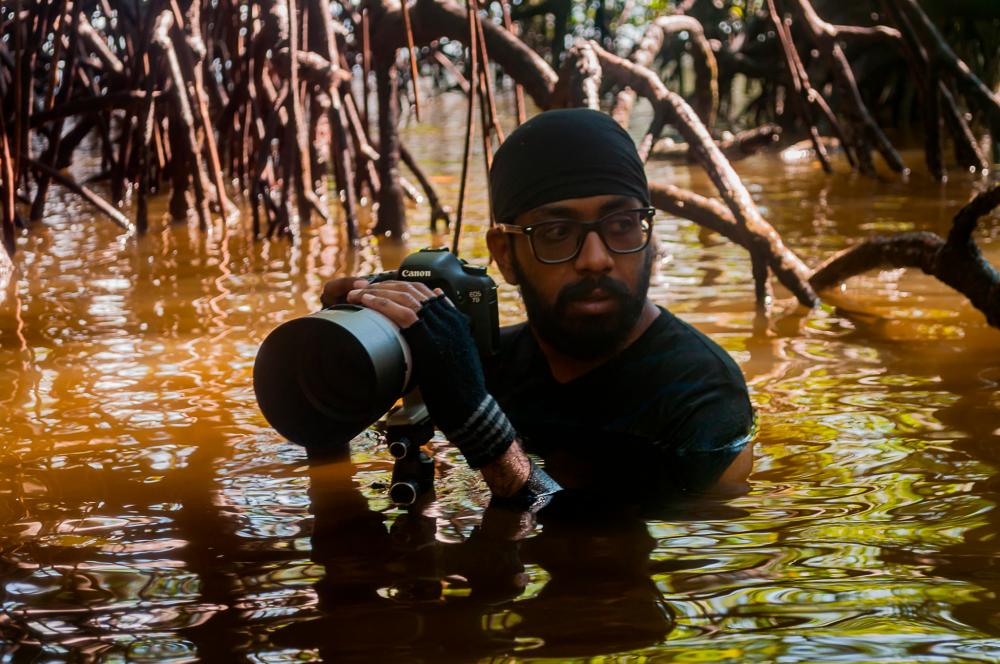IF you enjoy animals, the outdoors, and photography, you might want to consider a career as a wildlife photographer. You’ll spend your days exploring natural habitats in search of that picture-perfect moment that you can share with nature lovers. Whatever area of wildlife you are most interested in, there is a wildlife photography option to suit you.
However, the art of wildlife photography is often misunderstood. Many people believe it is simply the process of taking cute pictures of animals using whatever means necessary. The truth is far from it.
theSun recently had the opportunity to speak with wildlife photographer Ghaneshwaran Balachandran about his career.
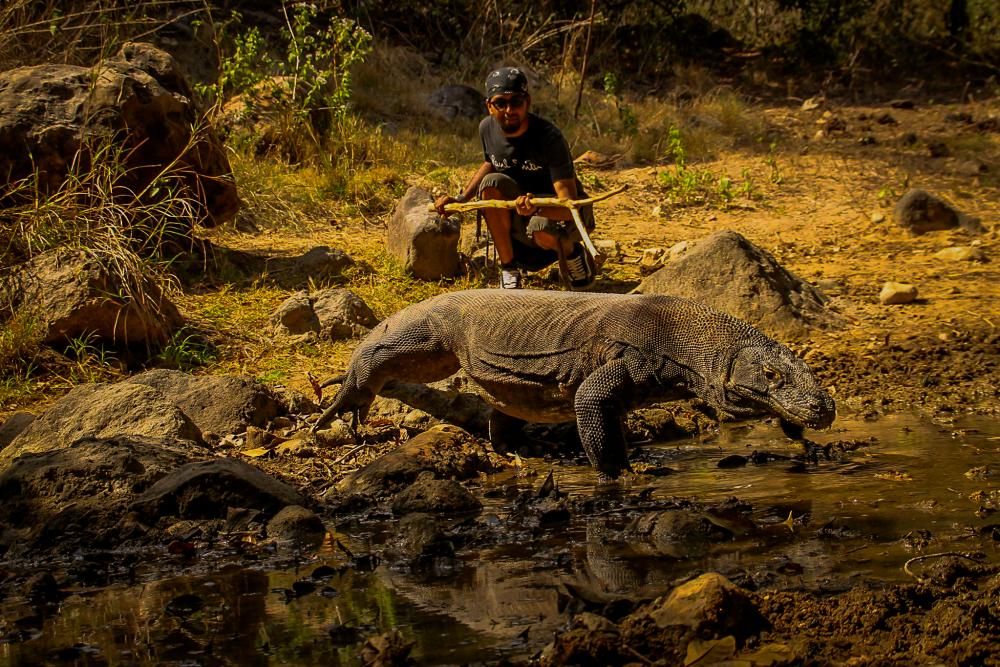
His love for nature began when he was three years old, after watching an animated film called The Land Before Time. He became obsessed with dinosaurs and began reading and studying his father’s palaeontology books.
At a young age, his father recognised his son’s interest in prehistoric animals and introduced him to Sir David Attenborough and the landmark series The Living Planet and Life on Earth.
“My obsession with dinosaurs and natural history was supported by my dad and he brought me to the cinemas one day,” said Ghaneshwaran. “It was at Rex Theatre, for the film Jurassic Park. I was eight years old.
“I watched the entire movie standing up, though he bought me a dedicated seat. Fast forward 22 years later, I was burned out by the rat race and thought maybe it’s time for me to recalibrate my life. I liked the idea of traveling to a faraway island to experience prehistoric animals, just like in the movie.
“I borrowed a camera from a friend and headed to Komodo Island. Upon coming face to face with the Komodo dragon, a real life ‘dinosaur’’ that I’ve only seen in books and documentaries made me decide, this is what I’m going to do moving forward.
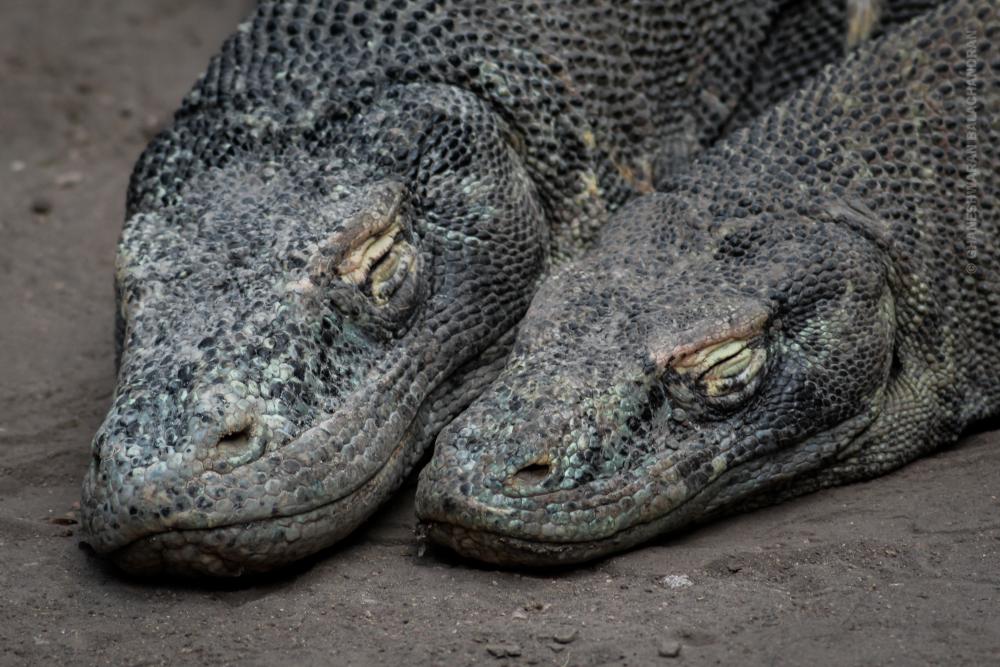
“I was also encouraged by Jeremy Wade, a biologist, explorer and presenter whom I got to meet in person. Photography was an accident, a bridge between my love for wild things and me.”
When we asked what challenges he faced, he explained that, aside from the demands of staying physically and mentally fit in the outdoors, he finds it difficult to maintain an emotional state of being. The path to his passion and dream is frequently solitary. Overcoming the sense of being disconnected from the conventional world was a challenge, one he battled for eight years. He discovered that being with his ‘tribe’ – like-minded people with similar principles and ideologies – was the key.
Aside from accolades and recognition, his greatest achievement was being featured as a presenter and photographer in the wildlife programme Giants of the Himalayas, which was aired on National Geographic, NatGeo Wild, and NatGeo India.
“Other than that, A Walk in the Park is a 13-episode docu-series on our local national parks in the peninsular. The idea was conceived in 2020 and to have it broadcasted three years later on national television is a milestone for me and the team.
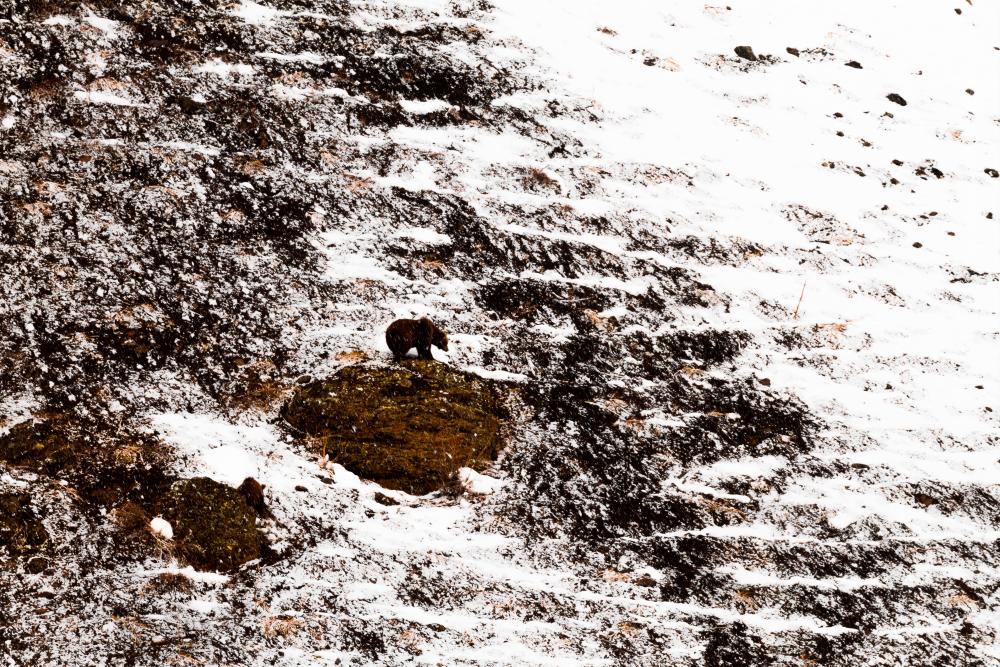
“I was the presenter, photographer, voiceover artist, script writer, and was credited for research and development. I’ve had my images published by and exhibited with National Geographic during the 22nd Conference of the Parties (COP) Climate Summit in Marrakesh, Morocco advocating on climate change.
“I believe this is one of the many final destinations of a photograph, to be seen and discussed by leaders capable of making changes.”
Asked if there was a moment he thought he had gotten a little too close to the action, he replied: “I was in Komodo National Park during my early years photographing a Russels viper, one of the world’s most grumpy and venomous snakes.
“I was flat on the ground, focusing manually. In a split second, I saw the snake striking me through the viewfinder. Her lower jaw had contact with my shutter finger and it was a near miss.
“If I was bitten that day, things would have been nasty, given that the nearest hospital was a 2–3-hour boat ride away if the sea is cooperative.
“It was entirely my fault for miscalculating and not respecting her space. I changed my approach ever since and am more cautious now.”
His typical wait-time for his shots can range from two minutes, to months, or even years to achieve the desired composition or subject matter, especially when working on a portfolio project. He has a habit of returning to the same location and attempting to photograph the same animal over and over.
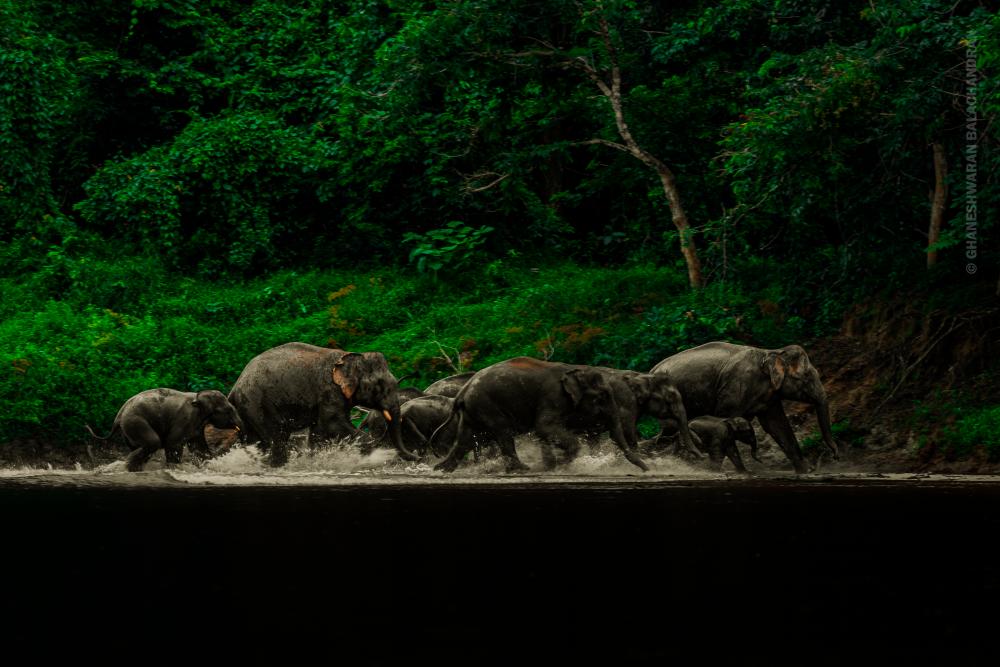
On a good day, they arrive promptly, and he leaves early. Some days are the opposite. In his opinion, the most peaceful and humbling part of the process is the waiting.
His future objectives may appear ambitious. He wants to learn more about wildlife photography, filmmaking, and presenting. He hopes to work with photographic and non-photographic organisations and studios to push conservation and appreciation for natural history to new heights. Working closely with non-governmental organisations is also on the agenda.
Asked what advice he would give to newcomers or amateur wildlife photographers, he said: “Be literate; knowledge about wildlife and the landscape is your superpower. Work with what you’re given and build around that, the only focus is to be better than yesterday.
“Practice integrity, humility and ethics. You’re only relevant for as long as there are animals. In the end, you will find a way.”



